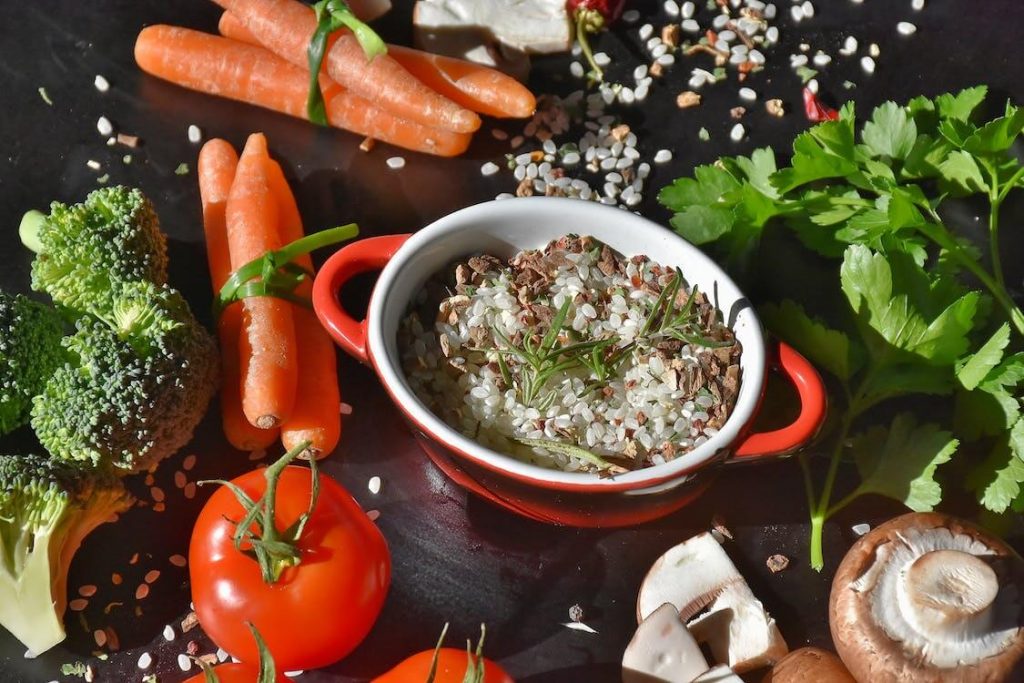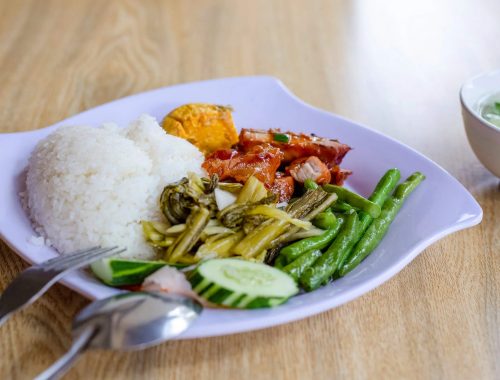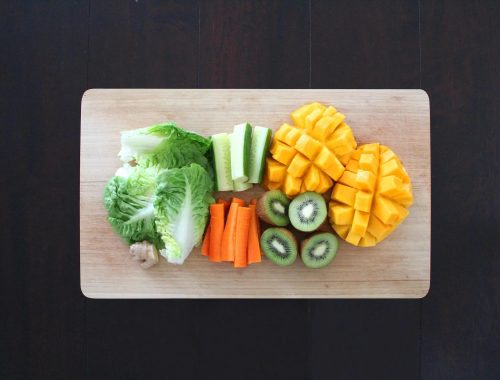Ultimate Beginner’s Guide to The Keto Diet
The ketogenic diet, or the “keto diet,” has become increasingly popular in recent years as a way to lose weight and improve overall health. But if you’re new to the diet, it can be overwhelming to understand how to start and what foods to eat. In this ultimate beginner’s guide to the keto diet, we’ll break down the basics of the diet and provide tips and tricks to help you succeed on your weight loss journey.
What is the Keto Diet?
- The keto diet is a high-fat, moderate-protein, and very low-carbohydrate diet.
- The goal of the diet is to put your body into a state of ketosis, where it begins to burn fat for fuel instead of carbohydrates.
- This is achieved by drastically reducing your intake of carbohydrates and increasing your intake of healthy fats.

Benefits of the Keto Diet
- Weight loss: One of the main reasons people turn to the keto diet is for weight loss. By cutting out carbs and increasing fats, your body begins to burn fat for fuel, leading to weight loss.
- Improved blood sugar control: The keto diet can also help to improve blood sugar control, making it a good option for those with type 2 diabetes.
- Increased energy: Many people on the keto diet report feeling more energized throughout the day.
- Improved mental clarity: The keto diet can also lead to improved mental clarity and focus.
How to Start the Keto Diet
- First, it’s important to understand that the keto diet is not a one-size-fits-all approach. It’s important to work with a healthcare professional to determine if the diet is right for you and to create a plan that works for your specific needs.
- Next, you’ll need to calculate your macros. Macros are the amounts of carbohydrates, protein, and fats you should be consuming each day to stay in ketosis.
- Once you have your macros, you can begin to plan your meals. The key to success on the keto diet is to focus on whole, nutrient-dense foods, such as meats, fish, non-starchy vegetables, and healthy fats.
Foods to Eat on the Keto Diet
- Meats: Beef, chicken, pork, and lamb are all great options for the keto diet.
- Fish and Seafood: Salmon, tuna, and shrimp are all great options for the keto diet.
- Non-starchy vegetables: Leafy greens, broccoli, cauliflower, and bell peppers are all great options for the keto diet.
- Healthy fats: Avocados, olive oil, coconut oil, and butter are all great options for the keto diet.
Foods to Avoid on the Keto Diet
- Grains: Bread, pasta, cereal, and rice are all off-limits on the keto diet.
- Sugars: Candy, ice cream, and soda are all off-limits on the keto diet.
- High-carb fruits: Apples, bananas, and oranges are all off-limits on the keto diet.
Tips for Success on the Keto Diet
- Meal prep: One of the best ways to stay on track with the keto diet is to meal prep. Prepare your meals in advance so that you always have something keto-friendly to eat.
- Stay hydrated: It’s important to stay hydrated on the keto diet, as dehydration can lead to the “keto flu.”
- Track your progress: Keep track of your progress, whether it’s by taking measurements, tracking your weight, or keeping a food diary.
The ketogenic diet can be an effective way to lose weight and improve overall health. However, it’s important to understand the basics of the diet and work with a healthcare professional to create a plan that works for you. By focusing on whole, nutrient-dense foods, staying hydrated, and tracking your progress, you can successfully follow the keto diet and achieve your weight loss goals. Remember to avoid grains, sugars, and high-carb fruits, and to include healthy fats, meats, fish, and non-starchy vegetables in your diet. With a little planning and dedication, the keto diet can be a great way to improve your health and feel your best.
You May Also Like

How Keto Diet Works for Weight Loss
January 17, 2023
Keto vs. Low-Carb Diet: What’s the Difference and Which is Right for You?
January 22, 2023


